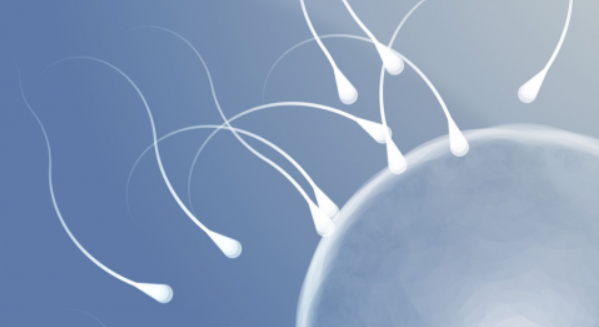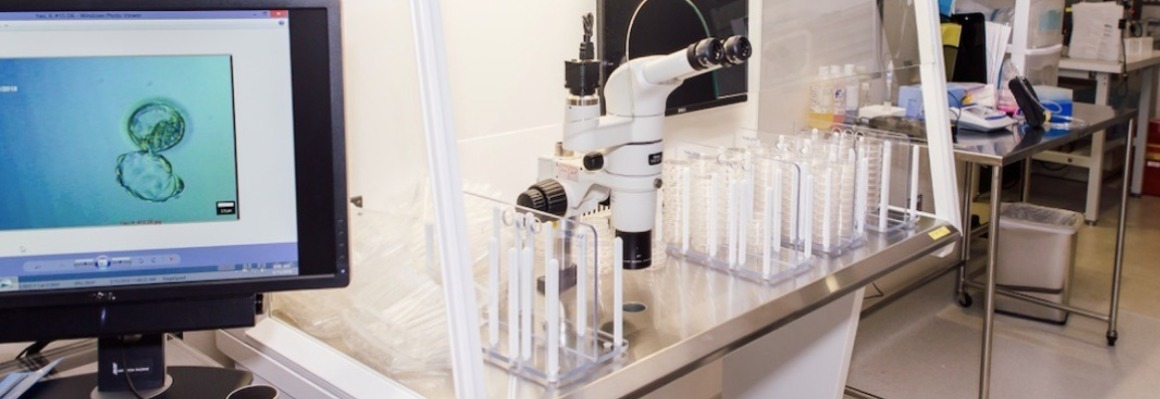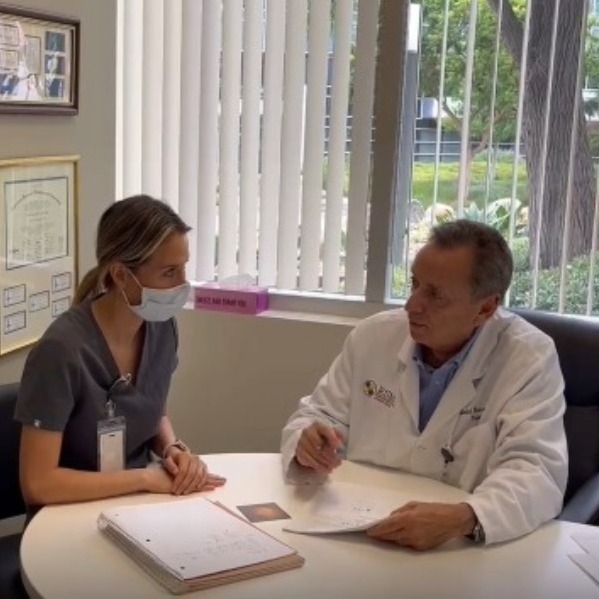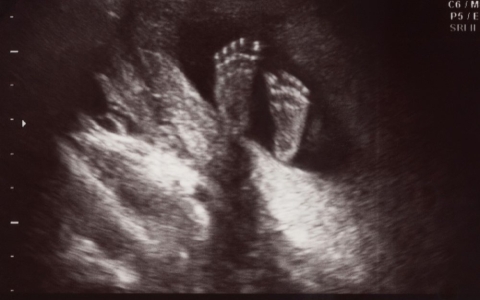Understanding Male Infertility: Vas Deferens Obstruction and Azoospermia.

Causes of Male Infertility
Male infertility refers to infertility caused by physiological factors in men, accounting for one-third of all infertility cases. It is primarily influenced by sperm quality, with common causes including:
- Congenital Factors:
Absence of the vas deferens, genetic defects, undescended testes, and hormone deficiencies.
- Acquired Factors:
Infections, hormonal imbalances, trauma, and varicocele.
- Environmental Factors:
Stress and overwork, high temperatures, inhalation of toxic gasses, air and water pollution, and radiation exposure.
- Lifestyle Factor:

Azoospermia
Azoospermia refers to the absence of sperm in the semen after ejaculation. A normal male typically has an ejaculate volume of about 2 to 5 cc. Azoospermia occurs when there are issues with sperm production in the testes or in the transportation process. It accounts for 20% of male infertility cases, and some men have azoospermia due to genetic abnormalities.
Symptoms of Azoospermia
Azoospermia often has no obvious symptoms, and it is usually discovered after a semen analysis following prolonged infertility. Symptoms may include smaller testicles and semen that is more transparent, less voluminous, and less viscous. Azoospermia shares similarities with oligospermia, and some patients may experience reduced libido.
Causes of Azoospermia
The main causes of azoospermia include the inability of the testes to produce sperm, obstruction of the vas deferens, and hormonal imbalances from the hypothalamus or pituitary gland. Vas deferens obstruction can be congenital (absence of the vas deferens) or acquired (obstruction of the epididymis or vas deferens). Patients with azoospermia can choose appropriate treatment options based on their specific causes and fertility plans.
Treatment for Azoospermia
Treatment for azoospermia primarily involves sperm retrieval from the testes, usually performed under local anesthesia, followed by procedures such as intracytoplasmic sperm injection (ICSI) or in vitro fertilization (IVF). Patients at RSMC Fertility Center in the U.S. often opt for IVF combined with genetic screening (PGS/PGT-A) to maximize the chances of a successful pregnancy. Since repeated sperm retrieval procedures may lead to significant testicular atrophy and premature onset of male menopause, many azoospermia patients at RSMC choose to freeze any remaining sperm after their first successful treatment for future use.

Vas Deferens Obstruction
Obstruction of the vas deferens prevents sperm from reaching the female uterus to fertilize the egg, resulting in infertility. Obstructive azoospermia accounts for 40% of all azoospermia cases. Causes of obstruction can be congenital or acquired. Congenital causes include congenital epididymal obstruction and bilateral absence of the vas deferens, while acquired causes include infections, trauma, excessive length of vas deferens defects, orchitis, epididymitis, and prostatitis. The obstruction can occur in the vas deferens, epididymis, or ejaculatory duct, and may be segmental or multiple.
Symptoms of Vas Deferens Obstruction
-
Absence of sperm or low sperm count in the semen.
-
Pain during ejaculation or weak ejaculation.
-
Abnormal findings upon palpation of the epididymis or vas deferens.
-
History of reproductive system infections.
-
Previous surgeries or injuries to the reproductive system.
Symptoms of vas deferens obstruction are often subtle, and many men may hesitate to seek help due to psychological factors. It is advisable to undergo a physical examination early on for fertility planning and health reasons.
Treatment for Vas Deferens Obstruction
Microsurgical reconstruction is an option, but it is only applicable for segmental obstructions and not for multiple obstructions. Patients with multiple obstructions can consider various procedures such as percutaneous epididymal sperm aspiration, microsurgical epididymal sperm aspiration, testicular biopsy for sperm retrieval, percutaneous testicular aspiration, or testicular tissue biopsy. Each treatment option has its pros and cons, and after a medical evaluation, we can help you schedule a free consultation with a U.S. physician to find the most suitable treatment for sperm retrieval.

Whether dealing with vas deferens obstruction or azoospermia, the initial step is often surgical reconstruction followed by assisted reproductive techniques like IVF, or directly retrieving sperm from the testes without reconstruction. The best approach depends on various factors, including the patient's medical history, the degree and location of obstruction, the couple's age, and their fertility plans. If the worst-case scenario is that the testes can no longer produce sperm, RSMC Fertility Center in the U.S. offers services such as sperm donation and gestational surrogacy to help you achieve your dreams of parenthood.

How RSMC Fertility Center Can Help You?
Located in San Diego, California, RSMC Fertility Center has nearly 30 years of rich clinical experience in reproductive medicine and infertility treatments since its establishment in 1995. We have extensive success in treating male infertility.
RSMC Fertility Center can assist you in ordering elite sperm from some of the top sperm banks in the U.S., with Cryobank being our recommended choice. We offer a free three-hour sperm selection service. During the sperm selection process for IVF, you can view donors’ height, eye color, ethnicity, and hair type, as well as access childhood photos and basic information. You can also learn about the donor’s educational and career achievements through their detailed descriptions, helping you determine if they meet your ideal criteria. If you’re unsure about choosing a donor, you can select a celebrity lookalike, with recommendations provided by a third-party system from the sperm bank. Some donors even provide updated photos of themselves for you and your partner to review.
Many couples opt for PGS genetic screening during IVF with donor sperm. This not only increases the chances of a successful pregnancy but also allows you to legally determine the child’s gender in the U.S. If the health of the pregnant person allows, doctors may assess the option of implanting two embryos for a chance at twins. If both partners are unable to conceive, surrogacy is also a viable option to fulfill your dream of parenthood.
If you would like to learn more, feel free to contact us.
Further Reading:How to Optimize Sperm Health Before Undergoing IVF?
Other
-
2025/03/13others
Can Vitiligo Be Cured With Reproductive Technology?
-
2025/02/24others
What are the reasons behind failed blastocyst culture?
-
2024/11/20others
A Must-Read for Expectant Mothers: All About Down Syndrome Screening!



